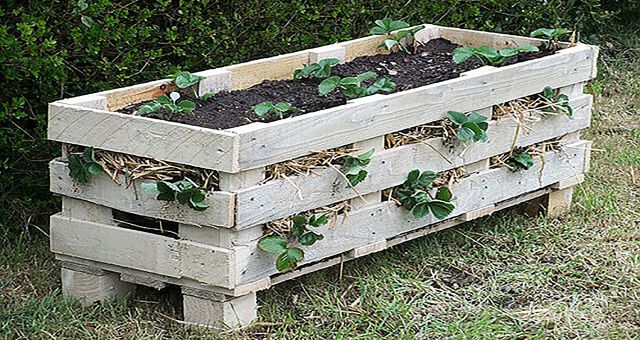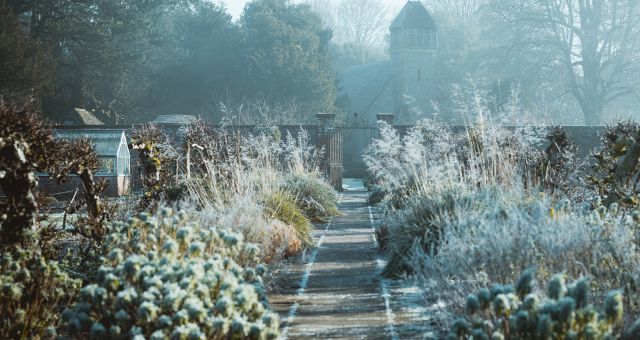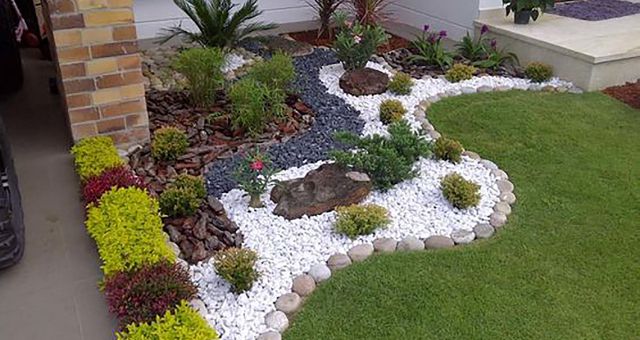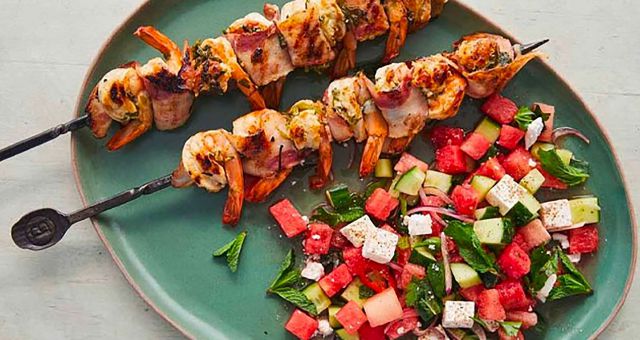With the current pressure on people to have a beautiful garden for entertaining guests, more and more people have been picking up the gardening tools and getting dug in! But if you don’t know where to start it can be a bit overwhelming. Here is a little guide to getting your garden right from the off.
Number 1 – Pick your placement right.
The key to starting to do your garden so you’ll benefit the most from it, is to think of the locations of what you put in your garden. Mapping out your garden in the same way you would a house is very important.
Ideally, you want your garden to be an enjoyable space where you can feel in touch with nature and relax. Choose a space for your features based on areas of the garden you enjoy being in most and areas that benefit most from sunlight. Depending on your personal preference, you may want a private garden where you can unwind or you might want an open garden where you can sit and watch everyday hustle pass by.
If you are thinking about planting flowers, vegetables, fruits or herbs then placement is increasingly important. Most edible plants and flowering plants need approximately 6 hours a day in sunlight for them to thrive and grow to their best ability.
Number 2 – Start with the right tools.
Getting your plants, flowers, vegetables etc started can be so easy when they have the right base to start with. Using our Durstons Enriched Top Soil or Multi-Purpose Compost on top of your existing soil base and mixing in approx 3 – 5 inches with the top layer of existing soil will help create a perfect environment for your plants to thrive.
If containers are being used then our Durstons Tub & Basket Compost is the perfect partner to promote growth and provide the necessary nutrients for your potted plants.
Following up with Soil Conditioner on a regular basis will help upkeep your soil quality
Number 3 – Pick the right plants to suit you.
Naturally, some plants are harder to upkeep than others, particularly for new starters. The seasoned gardener will have no issues tackling the less hardy, more temperamental plants but for a new starter, easier to manage plants are the way to go. They are easy to maintain and not much can go wrong with them, meaning encouraging results can be seen.
Self-pollinating Apple Trees are great for new starters, dwarf trees can also be sourced for those who don’t have acres of space for larger trees. A good type of Apple Tree to look into is a ‘Laxtons Superb’. They can be planted any time of year including winter as long as the ground isn’t hard from frost.
They generally like a nice sunny area for them to grow best. In the spring you will get to watch them blossom before bearing fruit in the summer and autumn months. They also generate a lot of interest from wildlife.
Buddleja Davidii also known as Butterfly Bush are beautiful purple flowers that are low maintenance and very hardy. This makes them easy to look after without many issues arising. They do however have the ability to grow very very large so pruning at the end of their season is essential. Cutting them back for their off season period means they can grow back to full potential the following blooming season. They are well known for attracting lots of butterflies hence the name.
Forsythia are gorgeous yellow flowers mainly seen in the springtime, they are very bright and bold, making for a perfect showstopper in the garden. Again they are hardy flowers that can comfortably live through the UK winter months. Pruning is required on a minimum of a yearly basis otherwise they can get a bit overrun and take up a lot of space, but other than that dont require much maintenance.
For gardens with less space a climbing plant may be the way forward, look no further than the Honeysuckle flower (Halliana), they come in a variety of whites and yellows. They help create structure and height within the garden adding a nice visual element to walls and trellis. They are a semi-evergreen based flower meaning they will bring colour all year round depending on the harshness of the winter months.
Lastly, Herbs are some of the best plants to put in your garden if you are looking for low maintenance, great smell and edible plants. They are easy to grow in either beds or pots based on preference, cheap to buy and easy to trim to keep them looking fresh. Rosemary grows in poor quality soil with very small amounts of water so it is easy to come to problems with it. Sage and Lavender are also good starter plants to look into as well. Mint can be an easy plant to work with as well as it is very hardy, however, can run rampant if left to its own devices so it is advised to keep an eye on it as it grows larger.
Number 4 – Keep check on frost dates for your local area.
Knowing when your first frost date of the winter season and the last date before the beginning of spring can be your best friend when it comes to tending to your plants. Particularly ones that need harvesting. Knowing when you need to harvest by means no waste comes from damaged plants. It is also good to know in case you have any flowers or plants that need to be moved inside during the colder months. As bringing them in late or putting them out too early can cause disaster in that your plants may not survive meaning you have to start them up again from seedlings.
Number 5 – Add a top layer.
Using a top layer such as mulch or bark around your plants approximately 2-3 inches deep can help to reduce the chance of weeds by stopping sunlight reaching them in the soil underneath. It can help towards reducing moisture loss by decreasing the chance of evaporation and direct sunlight on the soil. This will also mean that watering won’t need to be as regular. They can also create a more appealing appearance than that of soil and compost.
Number 6 – Feed your plants.
Using a good soluble plant food to boost nutrients in the soil and help promote healthy growth of your plants. Feeding them on a regular basis will provide them with everything they need. Be cautious not to over feed as this can upset the natural acidity and PH levels of the soil. Follow the advice on the instructions on the plant food or aim for once every 2 weeks to maintain good levels.
Number 7 – Know when to prune.
The universal rule from pruning is to trim back your flowers immediately after they fade from bloom. If you prune too late into the year you may risk removing the following spring buds leading to no flowers the following spring period.
Number 8 – Deadheading.
Deadheading plants that are perennial and annual is good practice as removing the old blooms encourages the plant to produce more flowers. It also helps them to direct their energy to grow strong roots and leaves which assist the plant in growth, photosynthesis and flower production.
Number 9 – Planting time.
Planting spring-blooming bulbs e.g. Fritillarias in the fall before the first frost means they will have the maximum amount of time needed to fully bloom once the spring has come around. Place them in a hole a minimum of 2x the depth of the bulb to get the best growth opportunity.




